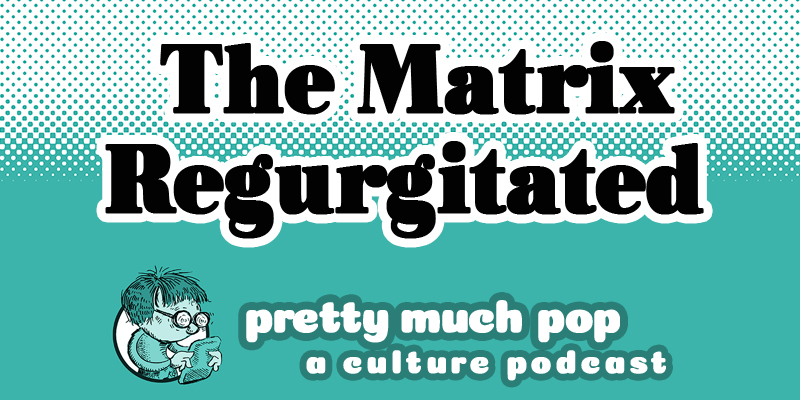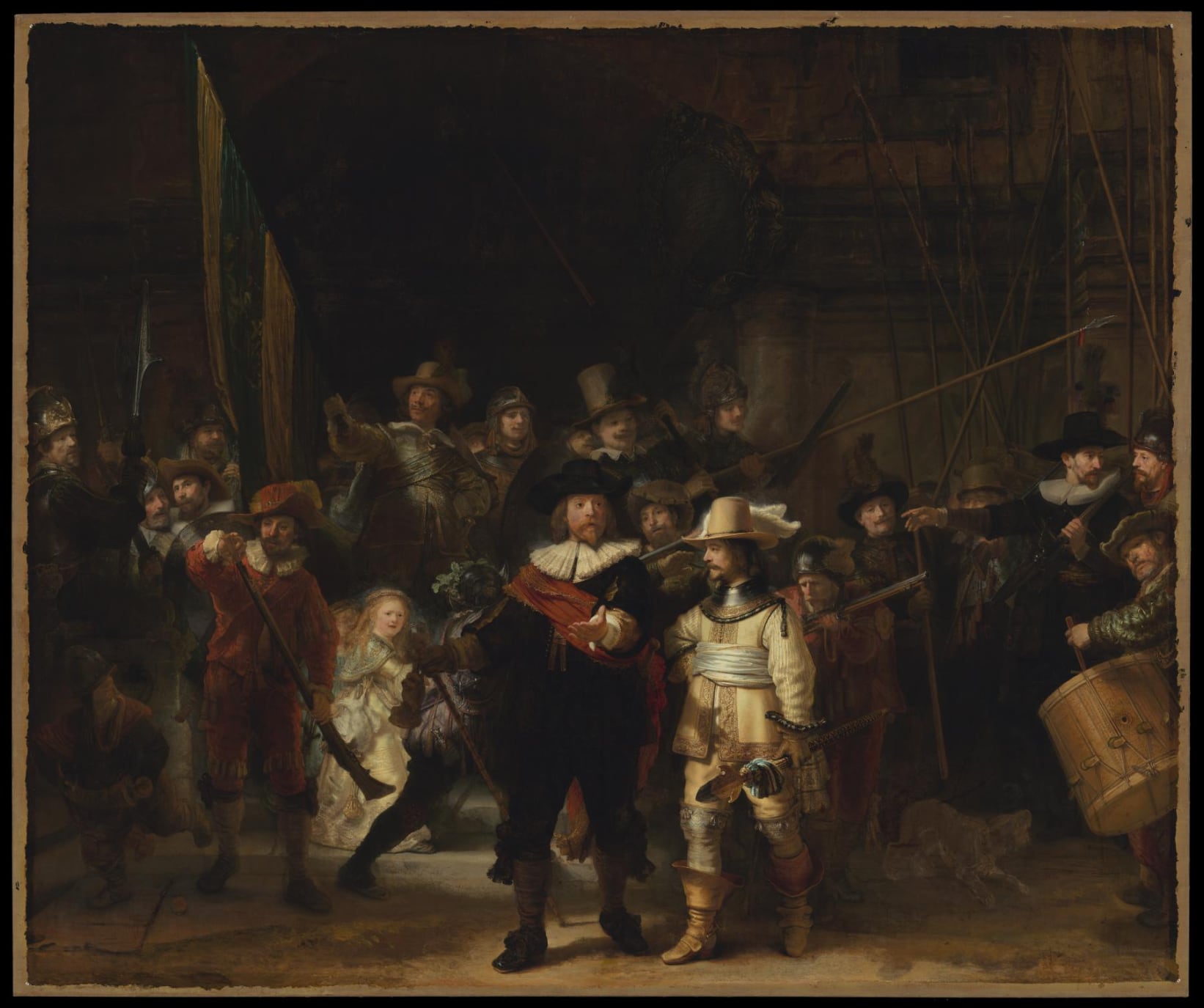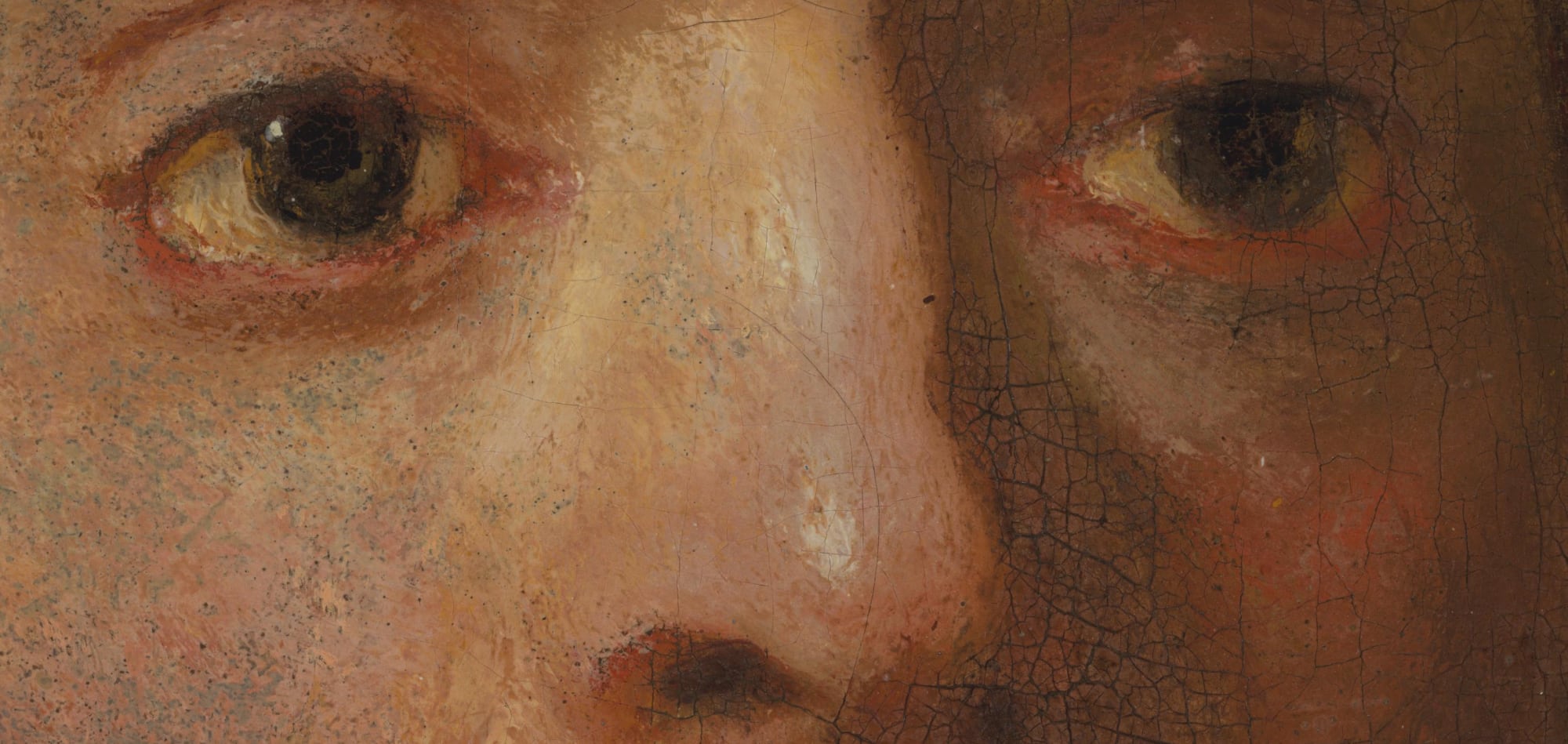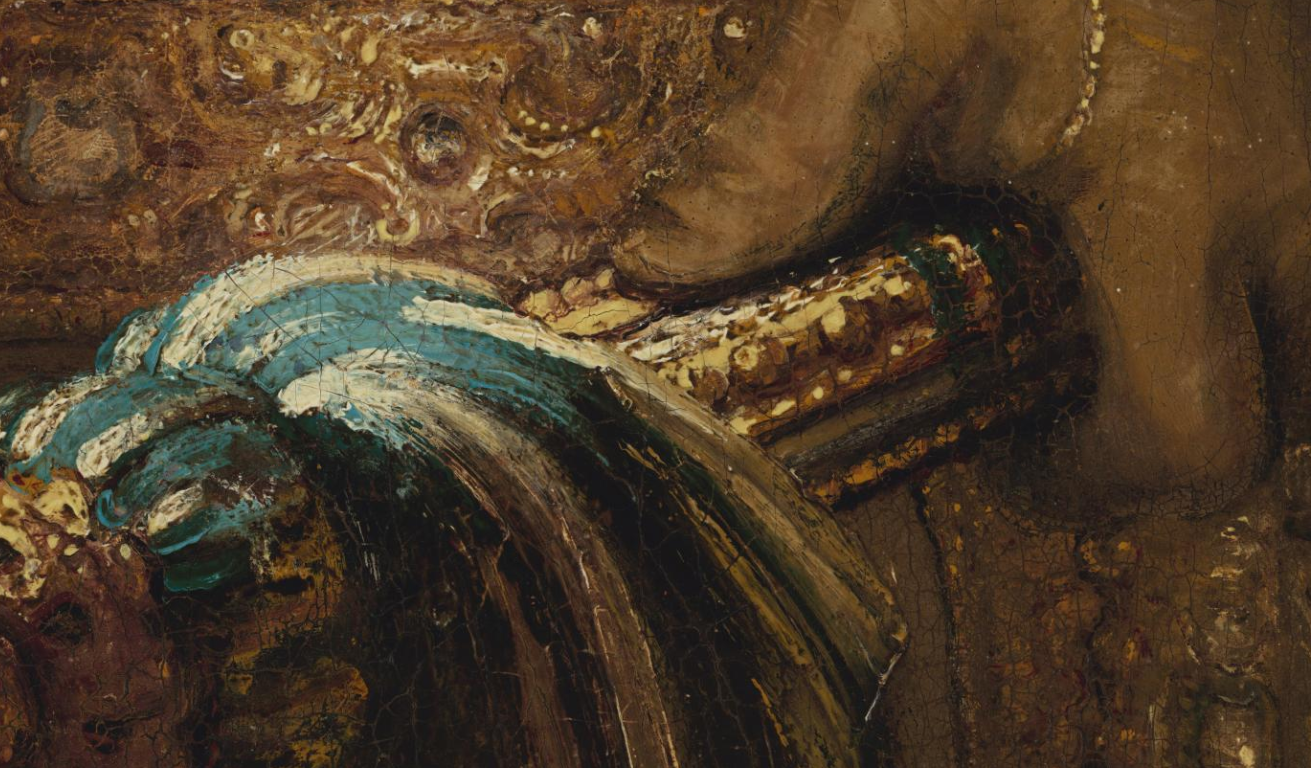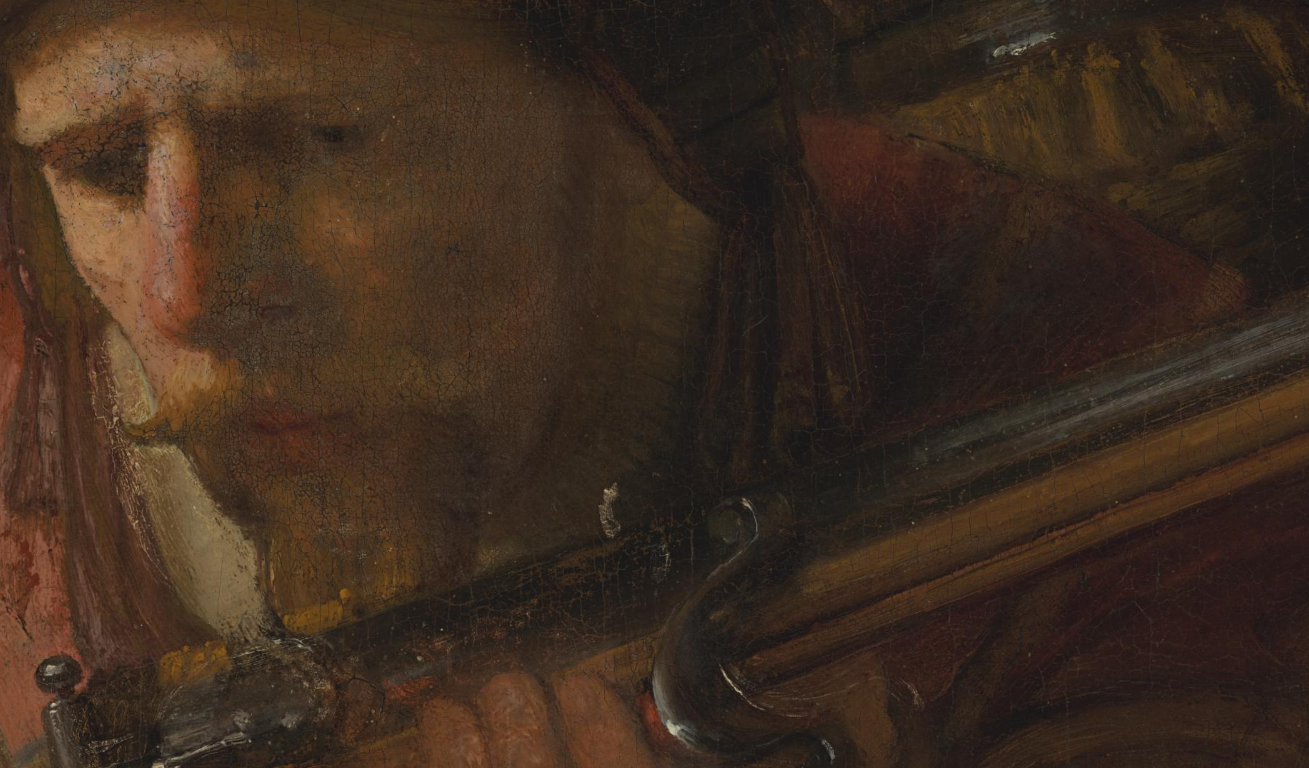The story of Nirvana’s first album, first single, and first video launching the band to instant mega-stardom, and the story of their tragic crash back down to Earth, have been told too many times to count. Less well known are the years of the band’s early ascent through the local Pacific Northwest scene, opening for then-bigger acts like TAD (who got swept up, then left behind in grunge’s first wave). Nirvana first formed in 1987 in Aberdeen, WA and played as a few iterations with names like Fecal Matter and Skid Row, always as a three-piece with Kurt Cobain out front and Krist Novoselic on bass.
As they ironed out their image (avoiding a lawsuit from the Jersey hair metal band), Nirvana also moved through a couple different drummers behind the kit before lucking into Dave Grohl. “Aaron Burckhard was Nirvana’s first drummer,” writes the Museum of Pop Culture, “but he and the band ultimately parted ways. While the band searched for a replacement, Dale Crover helped Nirvana with their first demo and Dave Foster honored their live bookings. Chad Channing officially joined Nirvana in 1988, and the band began work on their debut album Bleach, which was officially released in June of 1989 followed by a short American tour and a lengthy UK tour.” Just above, you can see them open for TAD on December 1, 1989 at Fahrenheit, Issy-les-Moulineaux, France.
Signed to Seattle indie label Sub Pop at the time, the band was eager for success but hadn’t quite nailed down their sound. When Nevermind producer Butch Vig heard Bleach the following year, after Sub Pop recruited him to work with the band, he “thought it was pretty one-dimensional,” he writes, “except that one song, ‘About a Girl.’ ” Cobain would only say he wanted the band to sound like “Black Sabbath.” The label’s Jonathan Poneman assured Vig that Nirvana “would be as big as The Beatles,” but that wouldn’t happen until Channing left, or felt pushed out. As Vig remembers, there was considerable “tension between Kurt and Chad” during their first sessions in Madison, Wisconsin in 1990. “Kurt would sometimes go behind the drums and show Chad how to play.” Of course, that’s something the moody Cobain was also known to do to Channing’s replacement.
Musical tension did not result in long-term hard feelings, Channing says. “I found out what a really nice guy Dave is.” For his part, Grohl has pushed for recognition of Channing’s contributions, objecting to his exclusion from the Rock and Roll Hall of Fame in 2013. “Grohl took steps to rectify the injustice,” notes Far Out Magazine. “With Channing in attendance, Grohl publicly applauded and thanked Channing for his vital contributions to the band, and more critically, noted that some of Nirvana’s most iconic drum riffs from the period were, in fact, Channing’s.” Hear some of the evidence above in a setlist that includes several tracks from Bleach, including “About a Girl,” and “Polly” from the upcoming Nevermind. And stick around for TAD, forgotten stalwarts of the Seattle scene.
via Boing Boing
Related Content:
The Recording Secrets of Nirvana’s Nevermind Revealed by Producer Butch Vig
How Nirvana’s Iconic “Smells Like Teen Spirit” Came to Be: An Animated Video Narrated by T‑Bone Burnett Tells the True Story
Nirvana Refuses to Fake It on Top of the Pops, Gives a Big “Middle Finger” to the Tradition of Bands Miming on TV (1991)
Josh Jones is a writer and musician based in Durham, NC. Follow him at @jdmagness
